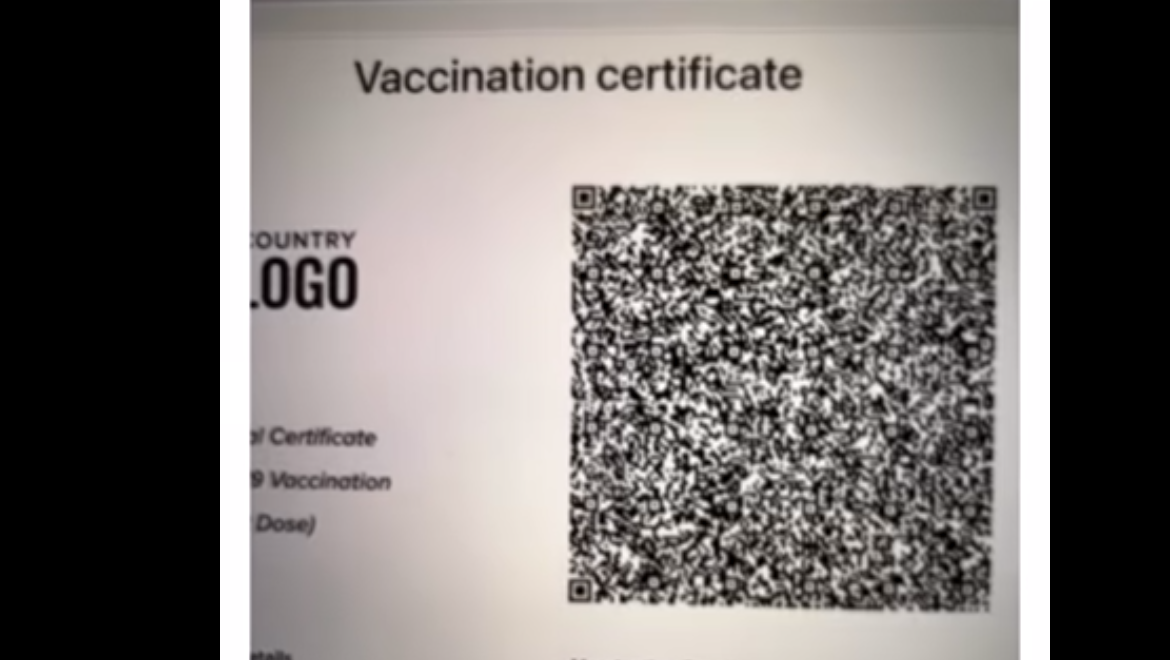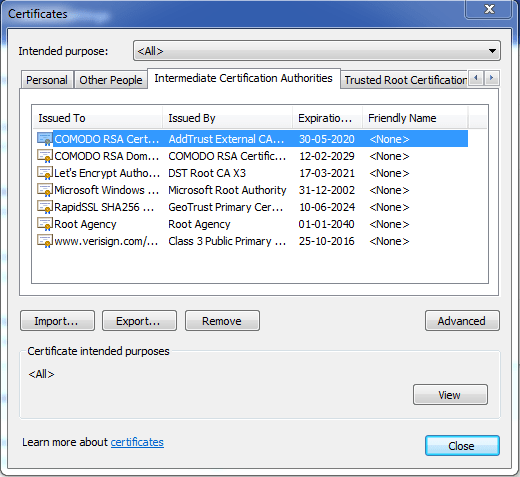

- #SITESUCKER WITH INVALID CERTIFICATE HOW TO#
- #SITESUCKER WITH INVALID CERTIFICATE INSTALL#
- #SITESUCKER WITH INVALID CERTIFICATE WINDOWS#
That means if you proceed, you do so at your own risk. Since the browser doesn’t recognize your certificate’s validity, it can’t encrypt your data. When you run into this error in Chrome, the browser will tell you right away that your connection isn’t private. With that in mind, let’s take a look at the most common variations of the NET::ERR_CERT_AUTHORITY_INVALID error, browser by browser. Your operating system and your certificate’s configuration can also play a role in the different error messages that appear. The way an error appears can vary a bit, depending on what browser you’re using. ⬇️ Click to Tweet NET::ERR_CERT_AUTHORITY_INVALID Error Variations
#SITESUCKER WITH INVALID CERTIFICATE HOW TO#
😅 Learn how to fix it in a few simple steps. Despite its intimidating name, this invalid certificate authority error isn't cause for alarm. When you see a NET::ERR_CERT_AUTHORITY_INVALID error message pop up, you might be concerned 😬. Throughout the next sections, we’ll show you the many faces this error can take and then we’ll talk about how to troubleshoot it. Sometimes, you may run into the NET::ERR_CERT_AUTHORITY_INVALID error due to local configuration settings. As you might imagine, that’s a huge problem if it occurs on your own site. This often comes in the form of the “ Your Connection is Not Private” error. In a lot of cases, browsers will actively prevent users from accessing the website in order to protect them. We also try to be at that level with our SaaS tool support. Kinsta spoiled me so bad that I demand that level of service from every provider now. If there are any errors during that process, they’ll see a warning. Remember that every time a user visits a website with an SSL certificate, their browser needs to validate and decrypt it. Just as with self-signed certificates, if browsers can’t verify the authority that generated your certificate, you’ll see an error.

Var client = new MyWSClient(binding, address) Ĭ = GetClientCertificate("clientCert.pfx", "passwordForClientCert") Ĭ = new X509ServiceCertificateAuthenticationĬertificateValidationMode = X509CertificateValidationMode.ChainTrust, Prox圜redentialType = HttpProx圜redentialType.None ReaderQuotas = XmlDictionaryReaderQuotas.Max,ĬlientCredentialType = HttpClientCredentialType.Certificate, Var address = new EndpointAddress(" var binding = new BasicHttpsBinding # During docker build, after this line you will get such output: 1 added, 0 removed done. ca_bundle.crt /usr/local/share/ca-certificates/ca_bundle.crt # Copy your bundle file to the system trusted storageĬOPY.
#SITESUCKER WITH INVALID CERTIFICATE INSTALL#
RUN apt-get update & apt-get install -y curl & apt-get install -y ca-certificates # Update system and install curl and ca-certificates

#SITESUCKER WITH INVALID CERTIFICATE WINDOWS#
Everything worked fine on my dev Windows machine, but in Docker I got such error: NET Core 2.2 and Docker Linux containers. I faced off the same problem when working with self-signed certs and client cert auth on.


 0 kommentar(er)
0 kommentar(er)
